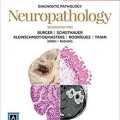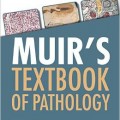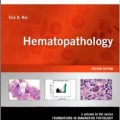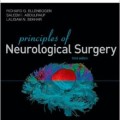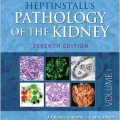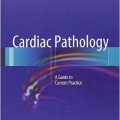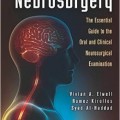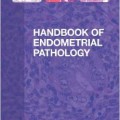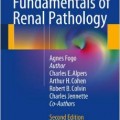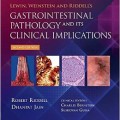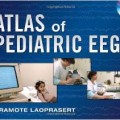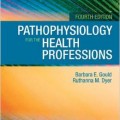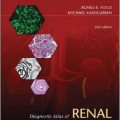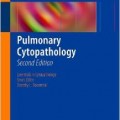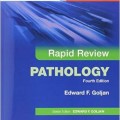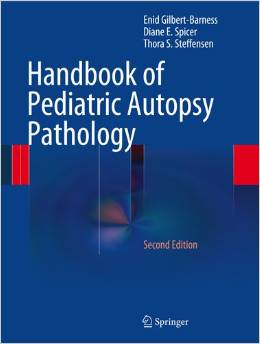دانلود کتاب نوروپاتولوژی یاکنیس: آسیب شناسی عملکرد بالا
Neuropathology: A Volume in the High Yield Pathology Series, 1ed
Save time diagnosing neuropathology specimens with Neuropathology, part of the growing High-Yield Pathology Series. Dr. Anthony Yachnis and Dr. Marie Rivera-Zengotita help you review the key features of neuropathology specimens, recognize the classic look of each disease, and quickly confirm your diagnosis. A logical format, excellent color photographs, concise bulleted text, and authoritative content will help you accurately identify hundreds of discrete disease entities.
- Find information quickly and easily with a templated, easy-to-reference format and concise, bulleted text.
- Confirm your diagnoses with superb color photographs that demonstrate the classic appearance of each disease.
- Depend on authoritative information from leading experts in the field.
- Access the full text online, perform quick searches, and download all the images at www.expertconsult.com.
Best described as Text-Atlas, Neuropathology: A Volume in the High Yield Pathology Series weighs in at 351 pages, which is roughly half that of both Perry & Brat’s Practical Surgical Neuropathology and Prayson’s Neuropathology, Second edition. In addition, it represents something of a revolutionary approach in that it was primarily written by trainees in pathology, neuropathology, dermatopathology, hematopathology and neurosurgery. This team-based approach has produced a neuropathology text “of the people, by the people, and for the people”, as well as resulting in textbook which is remarkably up to date (including such topics as Natalizumab-related PML). In addition to an introduction to basic neuropathological reactions, subjects covered include developmental disorders (both malformative and acquired), cerebrovascular disorders, trauma, brain tumors, infectious diseases, neurodegenerative disorders, demyelinating diseases, toxic/metabolic disorders, and neuromuscular disorders. For a book of this size, the scope of the topics covered is remarkably comprehensive, and they are extensively, if not exhaustively, illustrated. The pictures, especially the gross photomicrographs, are of uniformly high quality. In addition to the beautifully photographed gross specimens, pictures include histochemistry, immunohistochemistry, and neuroimaging, as appropriate. The vast majority of the photographs are reproduced at 3.25 x 2.5 inches, which is more than adequate to appreciate the features described in the figure legends. With rare exceptions, arrows are not included within the photomicrographs (which I feel is appropriate, but has gotten me in trouble with certain journals, publishers, and students). As is the practice within this series of textbooks, as well as in many other currently published pathology books, the text is entirely bulleted (a practice which I personally dislike, but which is executed quite well here). Another feature that the reader should be aware of is that (no doubt as part of the philosophy of “high-yield pathology”) there are no references.












